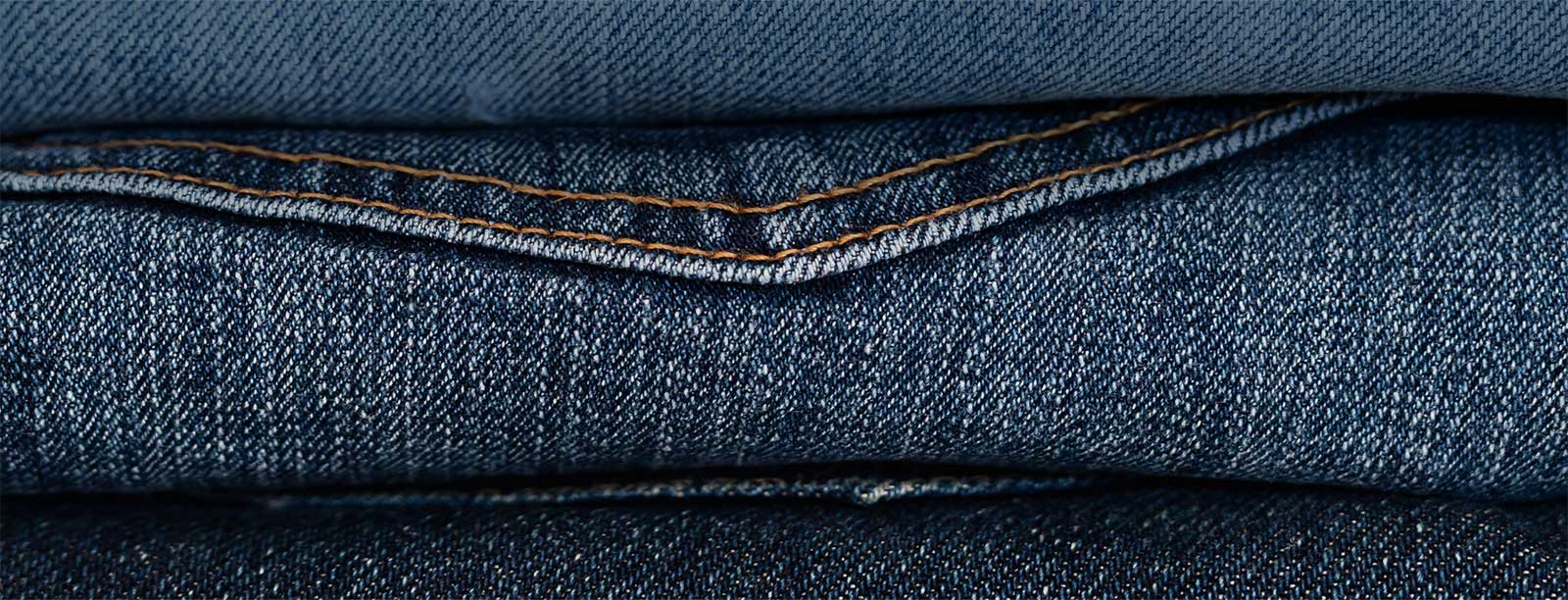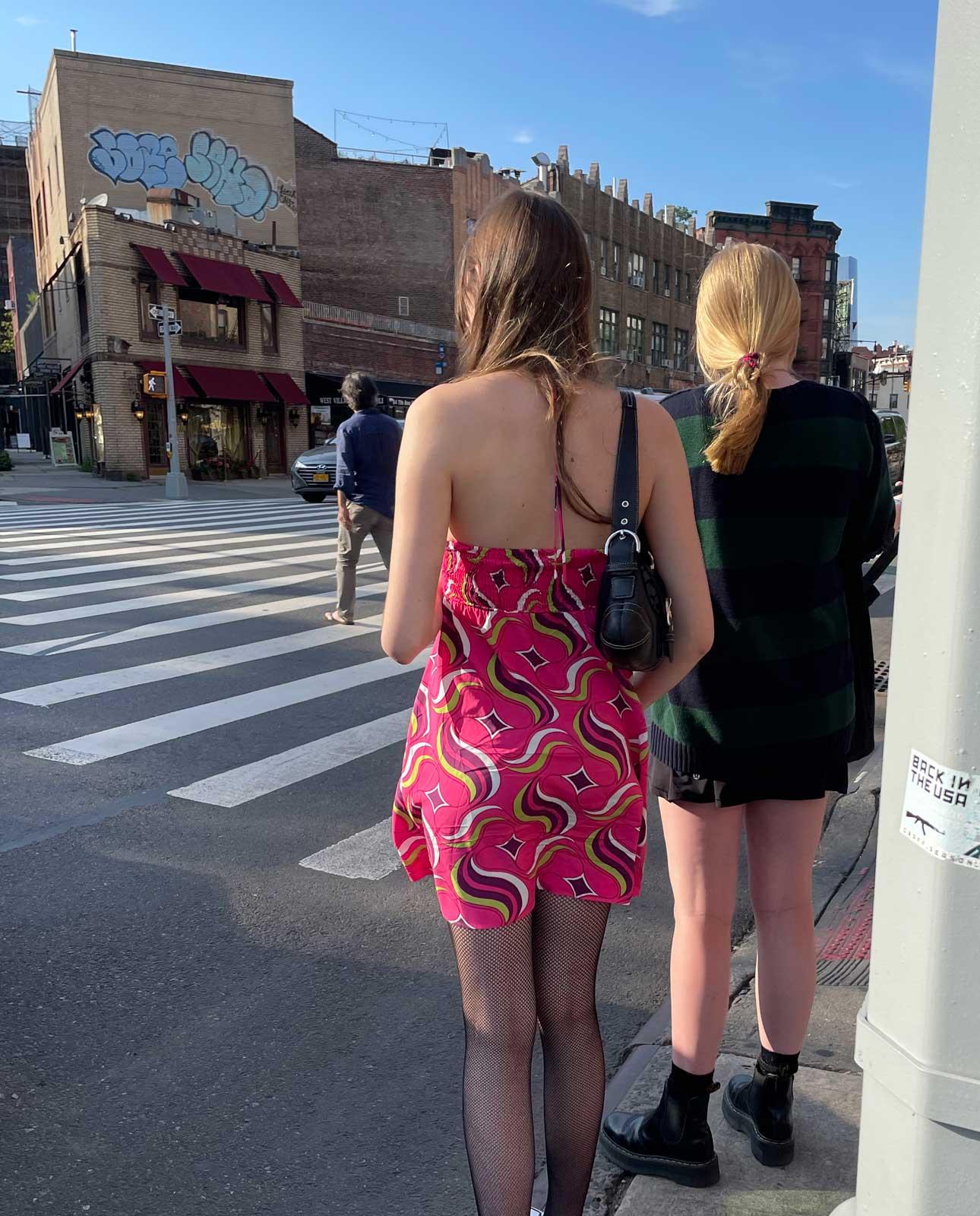Last February, Vanity Fair unveiled a cover featuring Nicole Kidman sporting a Miu Miu micro mini skirt. It was made from what appeared to be a thin wool, the kind used for men’s suiting, here stripped of any convenience or wearability. Barely grazing Kidman’s thighs, the micro mini was frayed at the bottom, its pocket linings poking out from beneath the hem. Every detail emphasized that something short had been made even shorter. A matching top—a still more miniaturized version of the skirt, belt loops and all—announced that, had there been any doubts, the midriff-forward, daring styles of the aughts had triumphantly returned.
Beyond this high-profile example, Instagram, shop windows, and the street style of the West Village all shout that the 2000s are back: the baggy low-rise jeans, baguette-style purses, paisley-halter-tops, the Juicy sweat-suits, the itty bitty mini skirts. Walking through SoHo last week, I spied a signboard declaring “Vintage & Y2K” with a bright red arrow pointing towards racks of light pink and magenta spoils. It is not unusual, of course—we understand the fashion cycle’s endless churn, recycling past decades and styling them anew for the present moment. The march of Fashion Time insists that everything comes back around, rebranded as “vintage,” if not as something entirely new. But as someone born in the 90s, who grew up seeing and wearing 2000s-era styles, I feel deeply repulsed by the idea of wearing those trends again. What happens when the decade in vogue is neither new nor nostalgic to us?






























